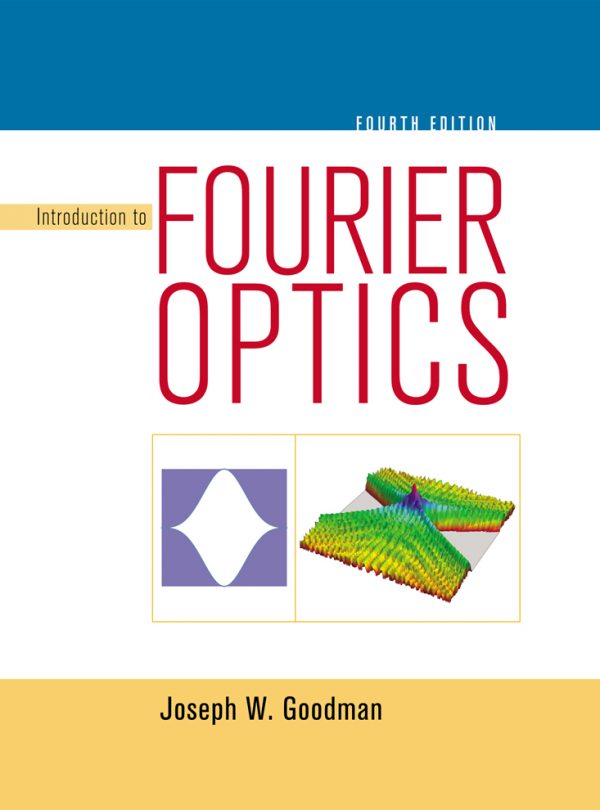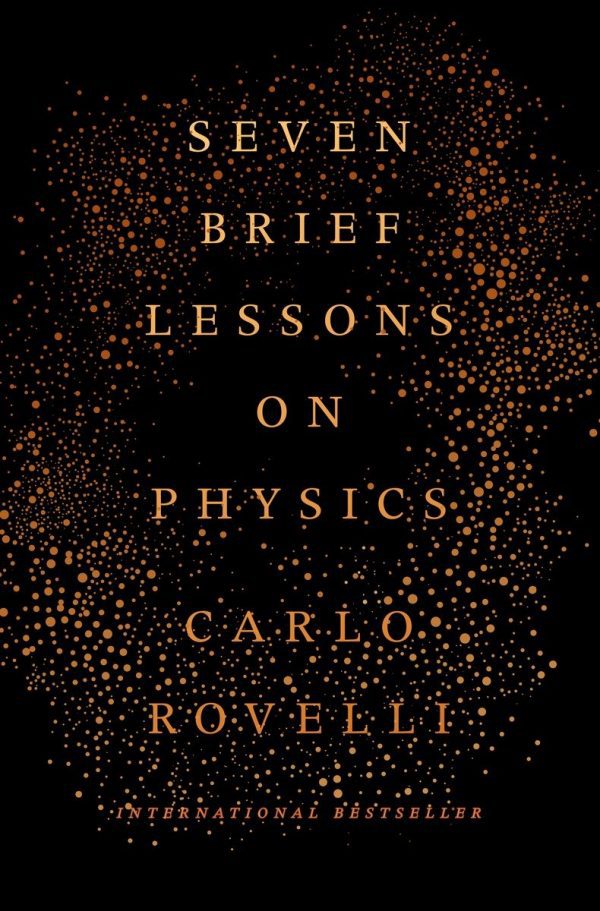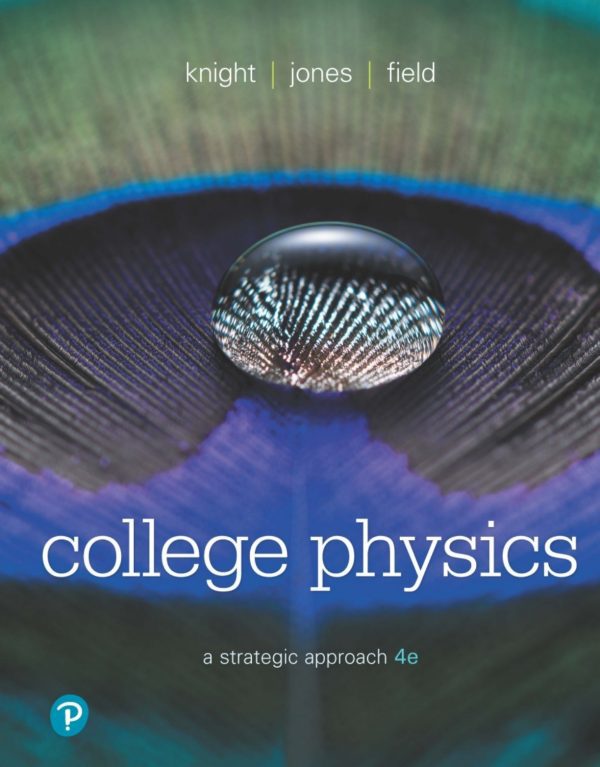S. Amelinckx, Dirk van Dyck, J. van Landuyt, Gustaaf van Tendeloo3527292802, 9783527292806, 3527294732, 9783527294732
Table of contents :
Cover Page……Page 1
Title: Handbook of Microscopy, Applications in Materials Science, Volume 2 – Methods II……Page 4
ISBN 3521294732……Page 5
Short biography of the editors……Page 6
List of Contributors……Page 8
Volume 1……Page 10
Volume 2……Page 11
2 Scanning Beam Methods……Page 16
2 Scanning Electron Microscopy with Polarization Analysis (SEMPA)……Page 19
Field Emission and Field Ion Microscopy (Including Atom Probe FIM)……Page 20
Unknown……Page 0
1 Scanning Tunneling Microscopy……Page 21
3 Magnetic Force Microscopy……Page 22
1 Image Recording in Microscopy……Page 23
2 Image Processing……Page 24
General Reading, List of Symbols and Abbreviations, List of Techniques, Index……Page 26
Part IV – Electron Microscopy……Page 27
2 Scanning Beam Methods……Page 28
2.1.1 Introduction……Page 30
2.1.2 Instrumentation……Page 31
2.1.3 Performance……Page 33
2.1.4 Modes of Operation……Page 35
2.1.6 References……Page 52
2.2.1 Introduction……Page 54
2.2.2 Scanning Transmission Electron Microscopy Imaging Modes……Page 57
2.2.3 Scanning Transmission Electron Microscopy Theory……Page 61
2.2.4 Inelastic Scattering and Secondary Radiations……Page 65
2.2.5 Conver gent-Beam and Nanodiffraction……Page 68
2.2.6 Coherent Nanodiffraction, Electron Holography, Ptychology……Page 69
2.2.7 Holography……Page 72
2.2.8 STEM Instrumentation……Page 75
2.2.9 Applications of Scanning Transmission Electron Microscopy……Page 78
2.2.10 References……Page 83
2.3.1 Introduction……Page 86
2.3.2 Incoherent Imaging with Elastically Scattered Electrons……Page 89
2.3.3 Incoherent Imaging with Thermally Scattered Electrons……Page 92
2.3.4 Incoherent Imaging using Inelastically Scattered Electrons……Page 95
2.3.5 Probe Channeling……Page 97
2.3.6 Applications to Materials Research……Page 101
2.3.7 References……Page 110
2.4.1 Introduction……Page 112
2.4.2 Basic Principles of Auger Electron Spectroscopy (AES) and X-Ray Photoelectron Spectroscopy (XPS)……Page 113
2.4.3 Scanning Auger Microscopy (SAM) and Imaging XPS……Page 121
(missing page 641)……Page 132
2.4.4 Characteristics of Scanning Auger Microscopy Images……Page 145
2.4.6 References……Page 149
2.5.1 Physical Basis of Electron Probe Microanalysis……Page 152
2.5.2 Introduction to Quantitative X-Ray Scanning Microanalysis……Page 173
Conclusions……Page 179
References……Page 180
2.6.1 Introduction……Page 182
2.6.2 Secondary Ion Formation……Page 185
2.6.3 Instrumentation……Page 186
2.6.4 Comparison of Ion Microprobe and Ion Microscope Mode……Page 193
2.6.5 Ion Image Acquisition and Processing……Page 195
2.6.6 Sample Requirements……Page 202
2.6.7 Application Domain……Page 203
2.6.8 References……Page 205
Part V – Magnetic Methods……Page 208
1.1 Introduction……Page 210
1.2 Background……Page 211
1.3 Magnetic Field Gradients, Magnetization Gratings, and k-Space……Page 214
1.5 Echoes and Multiple-Pulse Experiments……Page 218
1.6 Two-Dimensional Imaging……Page 221
1.7 Slice Selection……Page 222
1.8 Gratings and Molecular Motions……Page 223
1.9 Solid State Imaging……Page 224
1.10 References……Page 225
2.1 Introduction……Page 226
2.2 Principle of SEMPA……Page 228
2.3 Instrumentation……Page 230
2.4 System Performance……Page 234
2.5 Data Processing……Page 235
2.6 Examples……Page 236
2.7 References……Page 239
3.2 Theoretical Foundations……Page 242
3.3 Instrumentation……Page 244
3.4 Areas of Application……Page 246
3.7 References……Page 249
Part VI – Emission Methods……Page 252
1.2 Photoelectron Emission……Page 254
1.3 Microscopy with Photoelectrons……Page 256
1.4 Applications……Page 259
1.6 References……Page 262
2.1 Field Emission Microscopy……Page 266
2.2 Field Ion Microscopy……Page 268
2.3 Atom Probe Microanalysis……Page 279
2.4 Three-Dimensional Atom Probes……Page 286
2.5 Survey of Commercially Available Instrumentation……Page 290
2.6 References……Page 291
Part VII – Scanning Point Probe Techniques……Page 294
General Introduction……Page 296
1.2 Topographic Imaging in the Constant-Current Mode……Page 298
1.3 Local Tunneling Barrier Height……Page 306
1.4 Tunneling Spectroscopy……Page 308
1.5 Spin-Polarized Scanning Tunneling Microscopy……Page 312
1.6 Inelastic Tunneling Spectroscopy……Page 314
1.7 References……Page 316
2.1 Introduction……Page 318
2.2 Experimental Aspects……Page 320
2.3 Theoretical Aspects……Page 329
2.4 References……Page 333
3.2 Force Measurement……Page 336
3.3 Force Gradient Measurement……Page 340
3.4 References……Page 343
4.1 Introduction……Page 346
4.2 Experimental Considerations……Page 348
4.3 First Demonstrations of Ballistic Electron Emission Microscopy……Page 349
4.4 Theoretical Considerations……Page 351
4.5 Ballistic Electron Emission Microscopy Analysis of Schottky Barrier Interfaces……Page 355
4.6 Probing Beneath the Schottky Barrier……Page 365
4.7 Ballistic Hole Transport and Ballistic Carrier Spectroscopy……Page 370
4.9 References……Page 372
Part VIII – Image Recording Handling and Processing……Page 374
1.2 Fundamentals……Page 376
1.3 Light Microscopy……Page 396
1.4 Electron Microscopy……Page 397
1.5 X-Ray Microscopy……Page 403
1.6 References……Page 410
2.1 Introduction……Page 414
2.2 Image Preprocessing……Page 415
2.3 Processing of Single Images……Page 422
2.4 Analysis of Single Images……Page 428
2.5 Processing/Analysis of Image Series……Page 433
2.7 References……Page 441
Part IX – Special Topics……Page 444
1.1 Introduction……Page 446
1.2 Instrumentation……Page 447
1.4 Signal Combinations……Page 449
1.5 References……Page 453
2.1 Introduction and History……Page 454
2.2 Electron Ranges in Matter: Image Formation……Page 457
2.3 Holographic Reconstruction Algorithms……Page 461
2.4 Nanotips, Tip Aberrations, Coherence, Brightness, Resolution Limits, and Stray Fields……Page 464
2.5 Instrumentation……Page 469
2.6 Relationship to Other Techniques……Page 472
2.7 Future Prospects, Radiation Damage, and Point Reflection Microscopy……Page 473
2.8 References……Page 476
General Reading……Page 478
List of Symbols and Abbreviations……Page 482
List of Techniques……Page 494
B……Page 498
C……Page 499
D……Page 500
F……Page 501
I……Page 502
K,L,M……Page 504
P……Page 505
R……Page 506
S……Page 507
U……Page 509
Y,Z……Page 510







Reviews
There are no reviews yet.